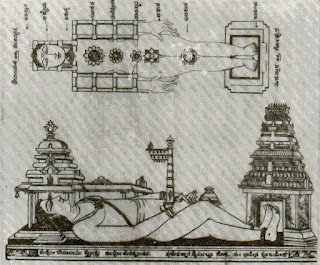The browser broke the URL into three parts:
The protocol ("http")
The server name ("www.howstuffworks.com")
The file name ("web-server.htm")
The browser communicated with a name server to translate the server name "www.howstuffworks.com" into an IP Address, which it uses to connect to the server machine.
The browser then formed a connection to the server at that IP address on port 80. (We'll discuss ports later in this article.)
Following the HTTP protocol, the browser sent a GET request to the server, asking for the file "http://www.howstuffworks.com/web-server.htm." (Note that cookies may be sent from browser to server with the GET request -- see How Internet Cookies Work for details.)
The server then sent the HTML text for the Web page to the browser. (Cookies may also be sent from server to browser in the header for the page.)
The browser read the HTML tags and formatted the page onto your screen.
The protocol ("http")
The server name ("www.howstuffworks.com")
The file name ("web-server.htm")
The browser communicated with a name server to translate the server name "www.howstuffworks.com" into an IP Address, which it uses to connect to the server machine.
The browser then formed a connection to the server at that IP address on port 80. (We'll discuss ports later in this article.)
Following the HTTP protocol, the browser sent a GET request to the server, asking for the file "http://www.howstuffworks.com/web-server.htm." (Note that cookies may be sent from browser to server with the GET request -- see How Internet Cookies Work for details.)
The server then sent the HTML text for the Web page to the browser. (Cookies may also be sent from server to browser in the header for the page.)
The browser read the HTML tags and formatted the page onto your screen.












Comments
Post a Comment
please enter true details, otherwise do not waste your time and our space